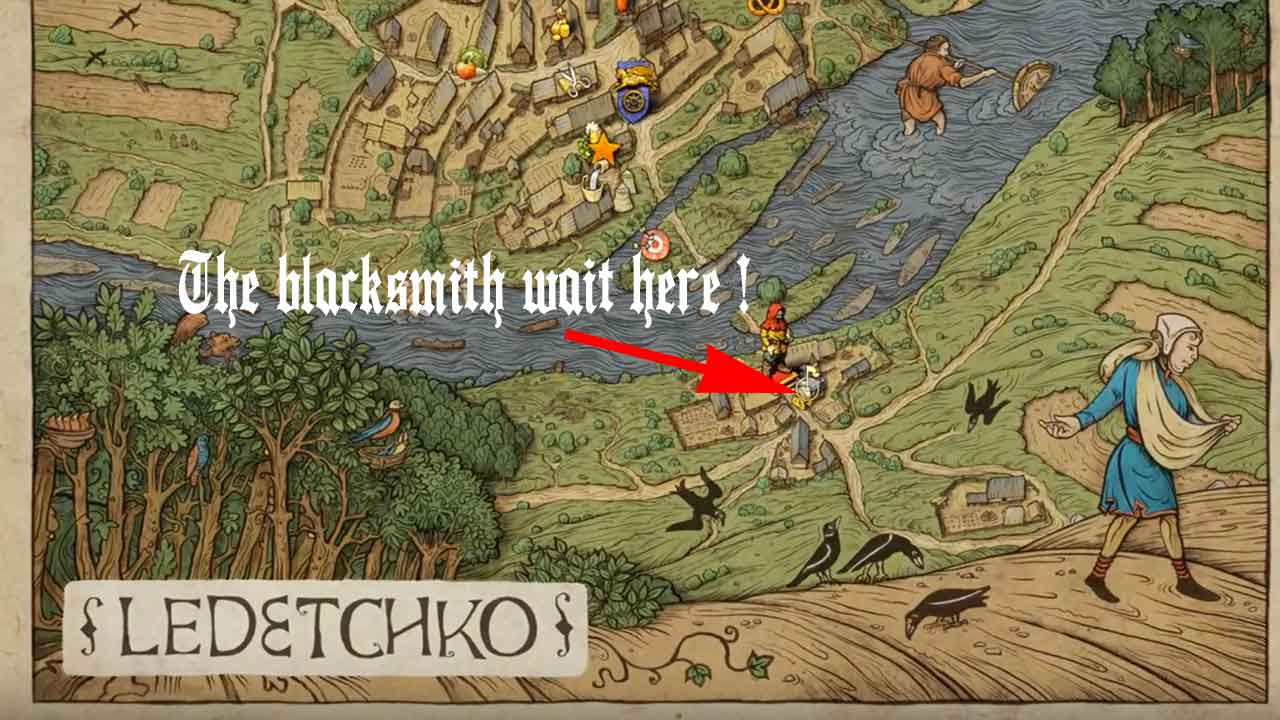
Sword Kingdom Show
| Khopesh | |
|---|---|
18th century BC khopesh found in Nablus; the blade is decorated with electrum inlays. | |
| Type | Sword |
| Place of origin | Ancient Egypt |
| Service history | |
| In service | c. 3rd millennium BC - 1300 BC |
| Used by | New Kingdom of Egypt Kingdom of Israel and Judah Canaanite city-states |
| Wars | Battle of Kadesh Battle of Qarqar |
| Specifications | |
| Length | avg. 50–60 cm (20–24 in) |
| Blade type | Curved |
| ḫpš ('leg') in hieroglyphs |
|---|
The khopesh (ḫpš; also vocalized khepesh) is an Egyptian sickle-sword that evolved from battle axes.[1][2]
Buy swords online, Knives, Ninja/Martial Arts accessories, daggers, self defense equipment, Medieval gears and Armors by SwordsSwords at discounted price. Silkroad recruiting login. Swords Kingdom UK Stock Clearance Sale Offers. There are a number of swords that you will get here. But the best thing that you are going to find here is the exceptional quality with reasonable discounted prices.
A typical khopesh is 50–60 cm (20–24 inches) in length, though smaller examples also exist. The inside curve of the weapon could be used to trap an opponent's arm, or to pull an opponent's shield out of the way. These weapons changed from bronze to iron in the New Kingdom period.[3] The earliest known depiction of a khopesh is from the Stele of Vultures, depicting King Eannatum of Lagash wielding the weapon; this would date the khopesh to at least 2500 BC.[4]
The word khopesh may have been derived from 'leg', as in 'leg of beef', because of their similarity in shape. The hieroglyph for ḫpš ('leg') is found as early as during the time of the Coffin Texts (the First Intermediate Period).[5]
The blade is only sharpened on the outside portion of the curved end. The khopesh evolved from the epsilon or similar crescent-shaped axes that were used in warfare.[1] The khopesh fell out of use around 1300 BC. However, in the 196 BC Rosetta Stone, it is referenced as the 'sword' determinative in a hieroglyphic block, with the spelled letters of kh, p, and sh to say:
LAYTON BROTHERS MYSTERY ROOM is a new crime-solving mystery game featuring none other than the son of the great Professor Layton!. DESCRIPTION. Genius investigator, Inspector Alfendi Layton and his newly assigned assistant, Detective Constable Lucy Baker, research only the most extraordinary cases in the “Mystery Room” deep within Scotland Yard. LAYTON BROTHERS MYSTERY ROOM is a new crime-solving mystery game featuring none other than the son of the great Professor Layton! The free download includes the prologue and the first two cases.
Shall be set up a statue.., the Avenger of Baq-t-(Egypt), the interpretation whereof is 'Ptolemy, the strong one of Kam-t'-(Egypt), and a statue of the god of the city, giving to him a sword royal of victory, ..[6]
Various pharaohs are depicted with a khopesh, and some have been found in royal graves, such as the two examples found with Tutankhamun.[4]
Although some examples have clearly sharpened edges, many examples have dull edges that apparently were never intended to be sharp. It may therefore be possible that some khopeshes found in high status graves were ceremonial variants.[4]
See also[edit]
References[edit]
- ^ abHamblin, 2006. Warfare in the Ancient Near East, pp. 66–71.
- ^Wise, Terence (1981). Ancient Armies of the Middle East. Osprey Publishing. pp. 23–25. ISBN978-0-85045-384-3.
- ^Howard, Dan (2011). Bronze Age Military Equipment. Casemate Publishers. pp. 31–34. ISBN978-1-84884-293-9.
- ^ abcMike Loades (2010). Swords and Swordsmen. Pen & Sword Military. pp. 1–21. ISBN978-1-84884-133-8.
- ^Coffin Texts: CT V, 9c, B1C
- ^Budge, 1989, (1929). The Rosetta Stone, p. 155–156. (Rosetta line 6)
Bibliography[edit]

- Budge, 1989, (1929). The Rosetta Stone,E.A.Wallace Budge, (Dover Publications), c 1929, Dover edition (unabridged), 1989. (softcover, ISBN0-486-26163-8)
- Hamblin, 2006. Warfare in the Ancient Near East,William J. Hamblin, Routledge (softcover, ISBN0-415-25589-9)
- Wernick, 2004, A Khepesh Sword in the University of Liverpool Museum in JSSEA 31, 151–155
- Massafra, 2009, Le harpai nel Vicino Oriente antico. Cronologia e distribuzione, Roma 2012, (Rome La Sapienza Studies on the Archaeology of Palestine & Transjordan, 09).